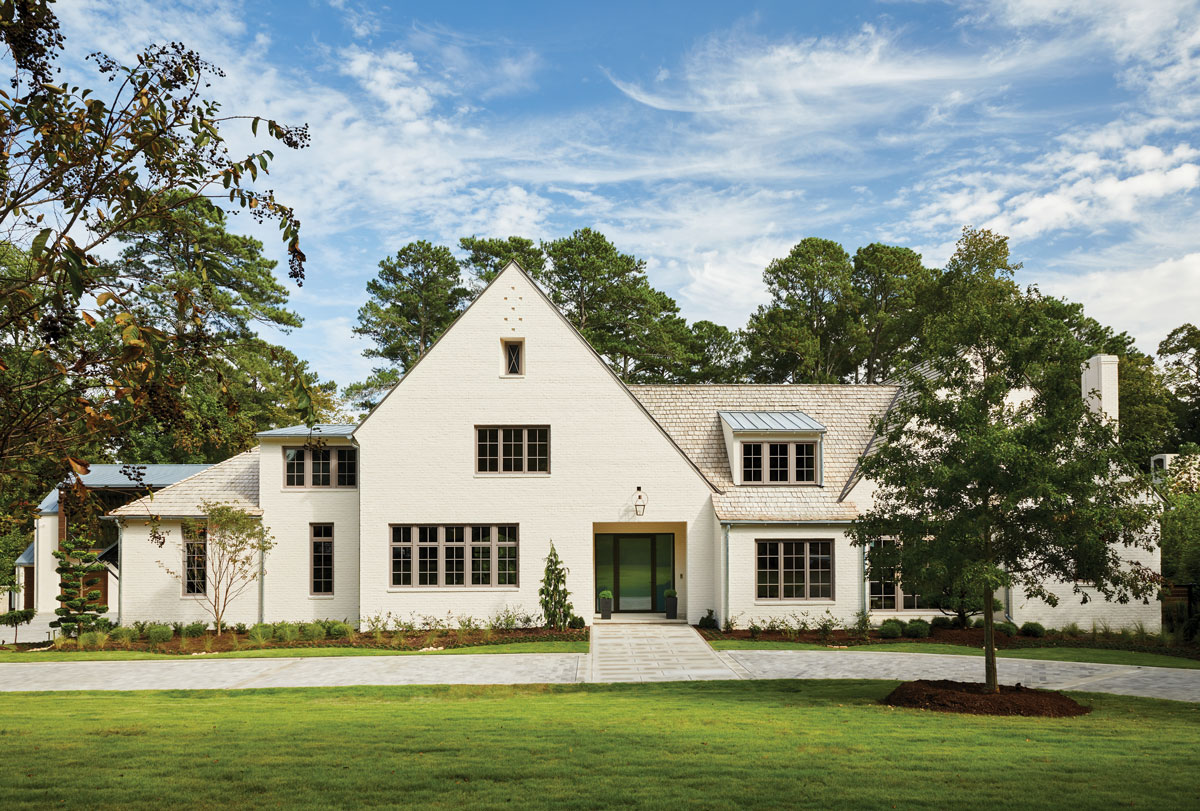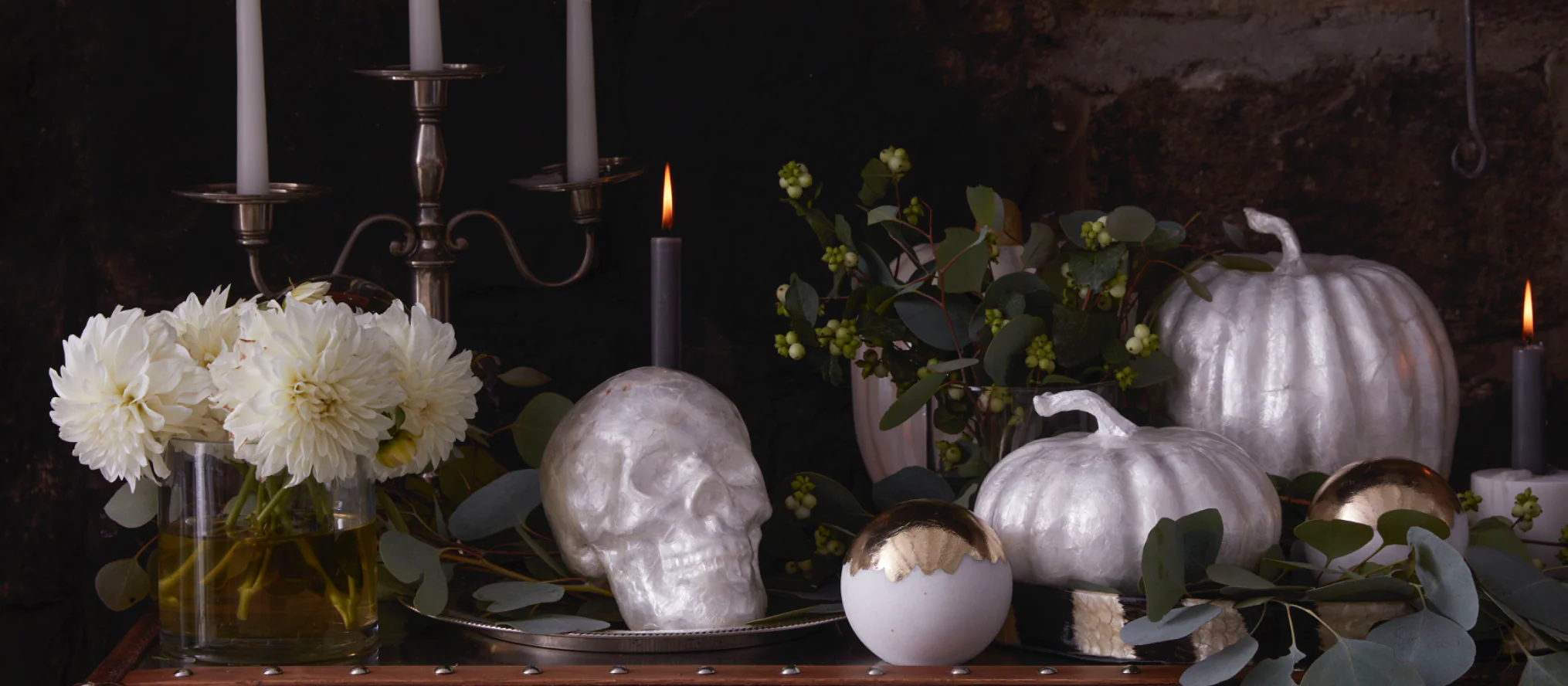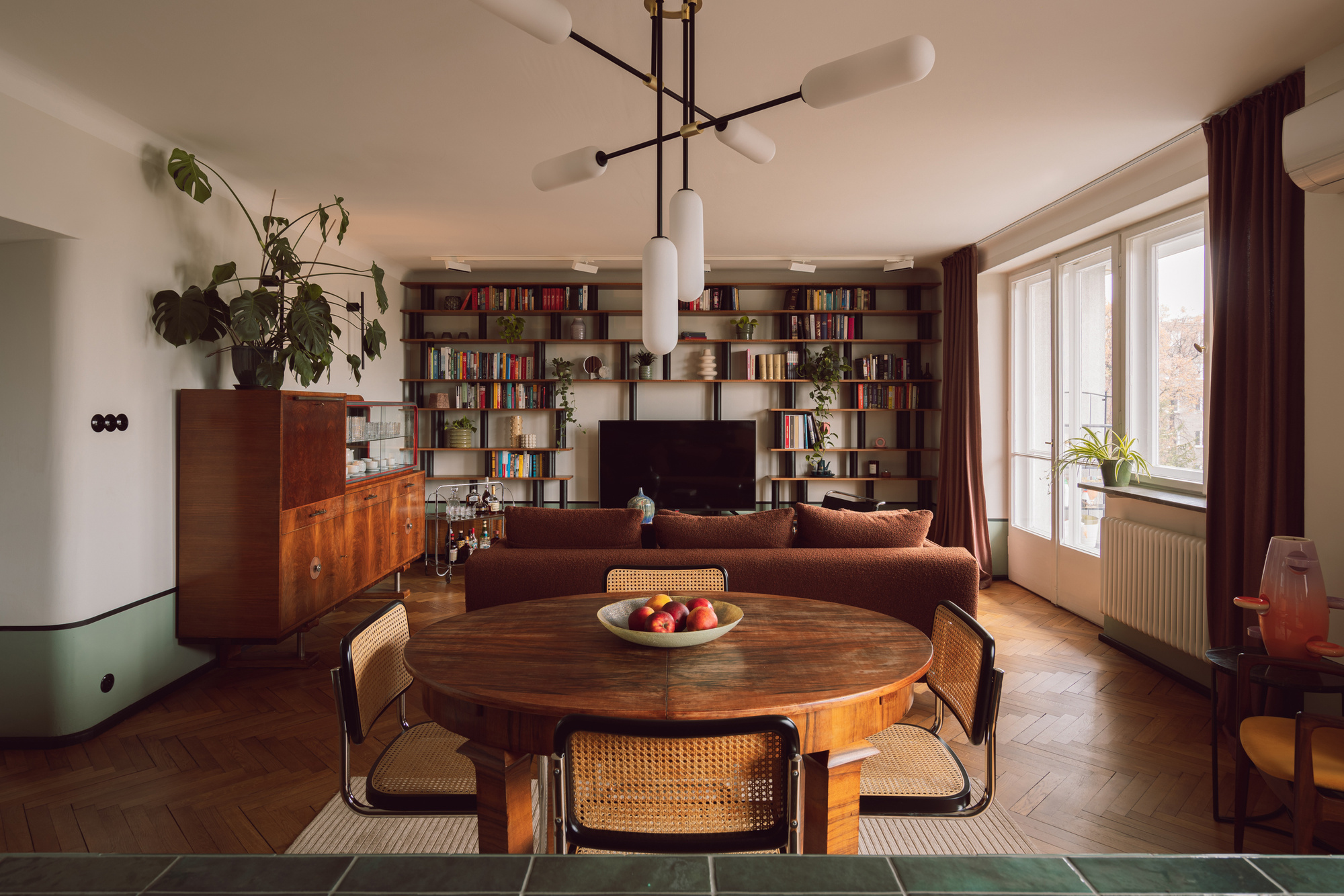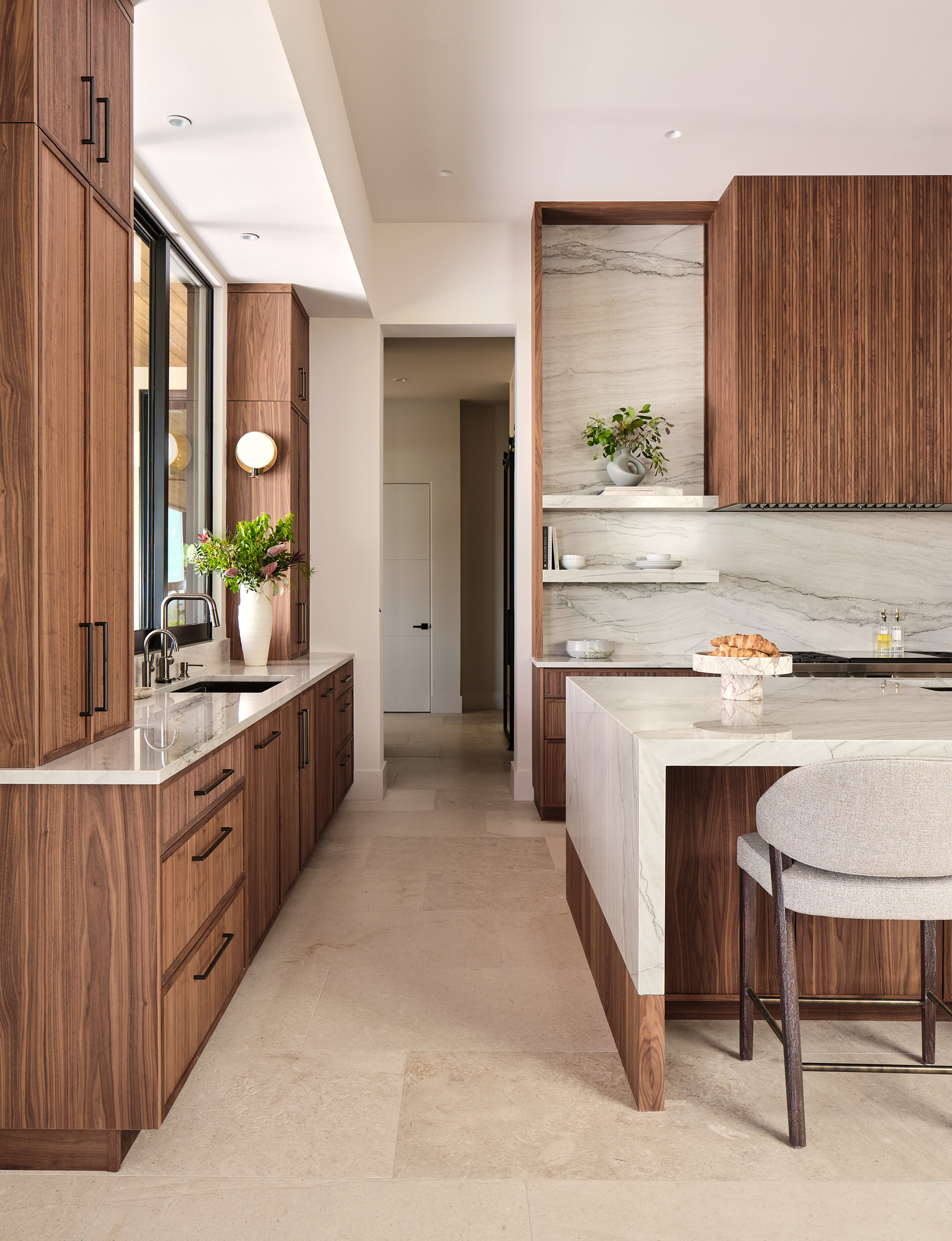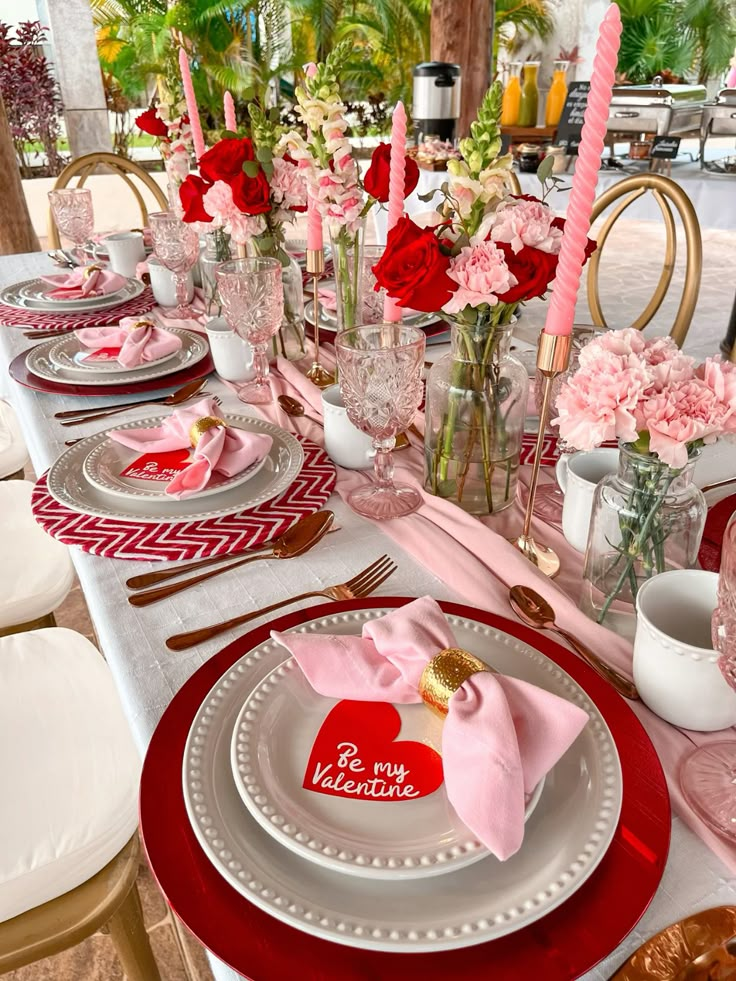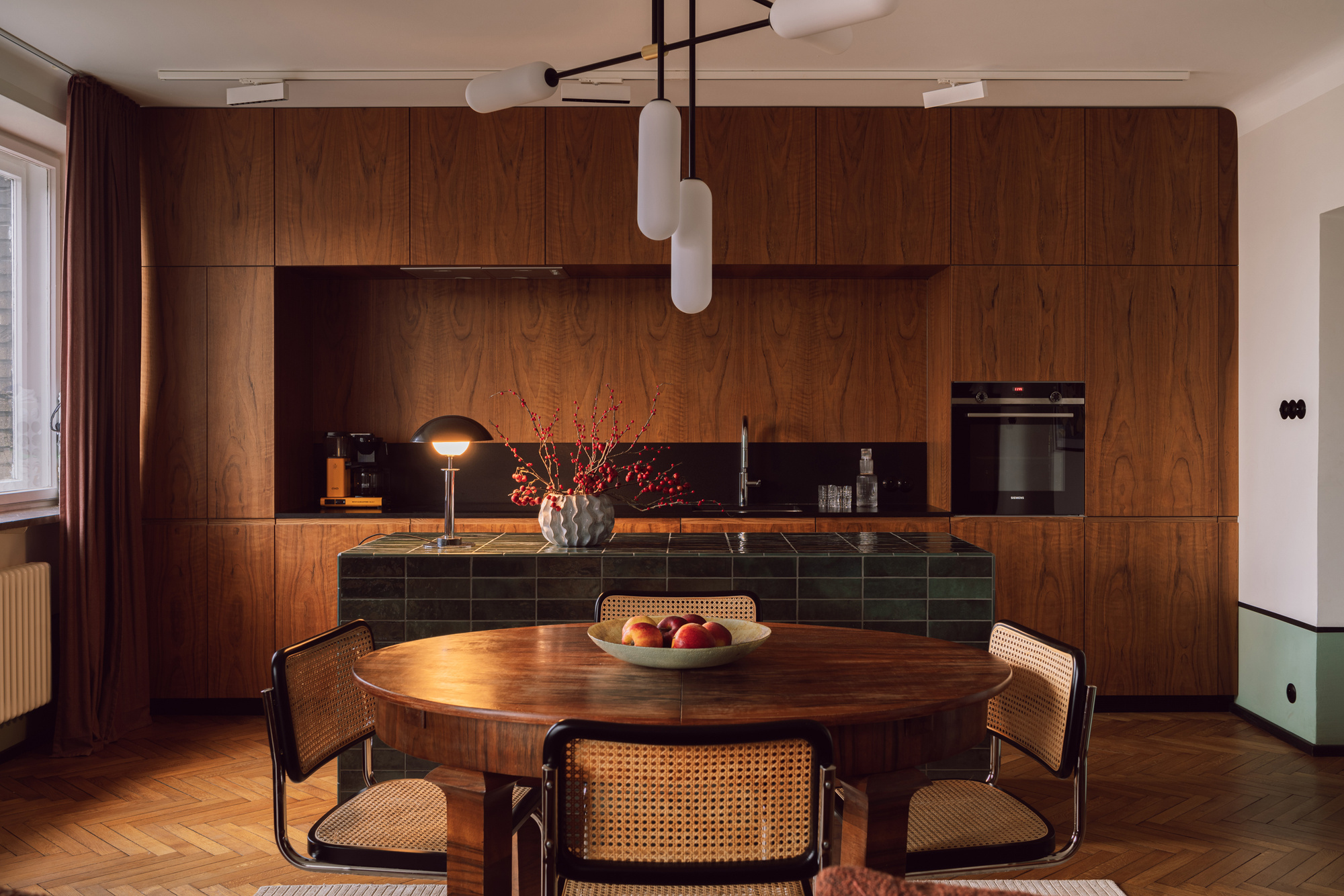
Few design styles have stood the test of time quite like Midcentury Modern. Born in the mid-20th century, this aesthetic is as at home in a 1950s bungalow as it is in a sleek city apartment today. Its enduring popularity is not just nostalgia; it is the way this style blends function, beauty, and a sense of openness that resonates across generations.
In this guide, we will explore where Midcentury Modern came from, what defines it, and how you can bring its effortless elegance into your own home.
The term “Midcentury Modern” refers to a design movement that emerged roughly between the mid-1940s and the late 1960s, in the optimistic post–World War II era. It was heavily influenced by earlier Bauhaus principles from Germany and the Scandinavian approach to form and function.
After the war, society was shifting. Families were moving to the suburbs, technology was advancing, and mass production was making furniture more affordable. Designers like Charles and Ray Eames, Eero Saarinen, Arne Jacobsen, and George Nelson began creating pieces that reflected modern life: clean, simple, and accessible.
Architects such as Richard Neutra and Joseph Eichler applied the same principles to homes: open floor plans, large windows, and a seamless connection between indoors and outdoors. This was not design for show; it was design for living.
While interpretations vary, Midcentury Modern interiors share a handful of unmistakable traits:
Forget heavy carvings and ornate trims. Furniture is streamlined, with sleek profiles and simple silhouettes. The focus is on the shape and material, not excessive decoration.
The style balances soft, organic curves with sharp geometric shapes. Think of the tulip table’s single pedestal base or the gentle slope of an Eames lounge chair.
Wood is central, especially teak, walnut, and oak. These warm tones are often paired with leather, wool, and stone for texture.
While many Midcentury Modern spaces lean toward neutrals, they are not afraid of pops of mustard yellow, burnt orange, olive green, or turquoise. These accents are often seen in upholstery, rugs, or art.
Large windows, sliding glass doors, and even indoor plants help blur the boundaries between inside and outside. Natural light is a key design element.
Every piece serves a purpose. Storage is often built-in, and multipurpose furniture keeps spaces uncluttered.
The beauty of Midcentury Modern is its versatility. You do not have to live in a midcentury house to embrace the style; you can incorporate its elements into any space.
Look for iconic shapes and high-quality craftsmanship. You do not need to buy originals (which can be pricey) as many retailers offer inspired pieces. A few classic silhouettes to consider:
Eames Lounge Chair & Ottoman – the epitome of style and comfort.
Tulip Table by Eero Saarinen – perfect for dining or a cozy breakfast nook.
Credenzas and Sideboards – low, elongated storage pieces in warm wood tones.
Tip: Mix one or two statement pieces with simpler furnishings to avoid a themed look.
Swap glossy finishes for matte or satin woods. Teak or walnut furniture instantly sets the tone. Pair with earthy textiles and metals like brass for depth.
Neutral walls allow your furniture and art to stand out. Then layer in color through:
Throw pillows in geometric patterns.
A retro-hued area rug.
A statement armchair in burnt orange or moss green.
If possible, maximize natural light with sheer curtains or no window coverings at all. Use mirrors strategically to reflect light and open up the space.
Midcentury Modern art often features abstract shapes, bold colors, or minimal line work. Consider:
Vintage travel posters.
Geometric prints.
Ceramic vases with sculptural shapes.
Keep accessories minimal; the style values breathing room.
A truly lived-in Midcentury Modern home does not look like a showroom. Pair a vintage teak sideboard with a contemporary sofa, or place a modern lamp on an antique table. The style welcomes evolution.
It is easy to see why Midcentury Modern has never gone out of fashion. It is practical, beautiful, and adaptable. The clean lines feel modern, while the organic materials keep it warm and inviting. And because the style values quality and simplicity, it is inherently sustainable: you buy less, but better.
Whether you are furnishing an entire home or just adding a few touches, the Midcentury Modern approach invites you to create a space that is timeless yet personal.
In Short:
Midcentury Modern is not just a design trend; it is a philosophy rooted in living well. Its mix of function and beauty means it will likely be just as relevant in another 50 years as it was in 1955.
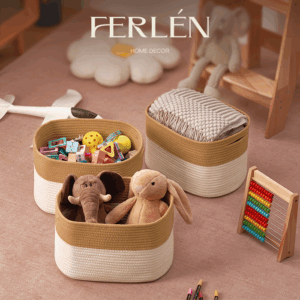
Transform your home effortlessly with this stylish foldable 3-basket set — your solution for a clutter-free environment.
